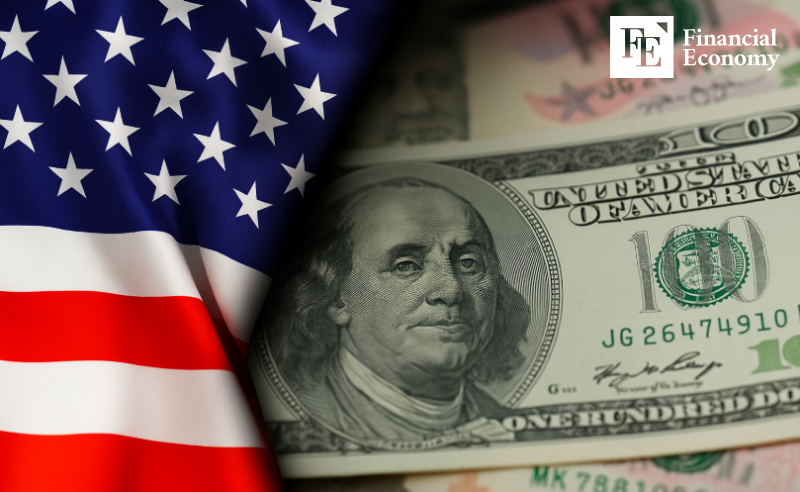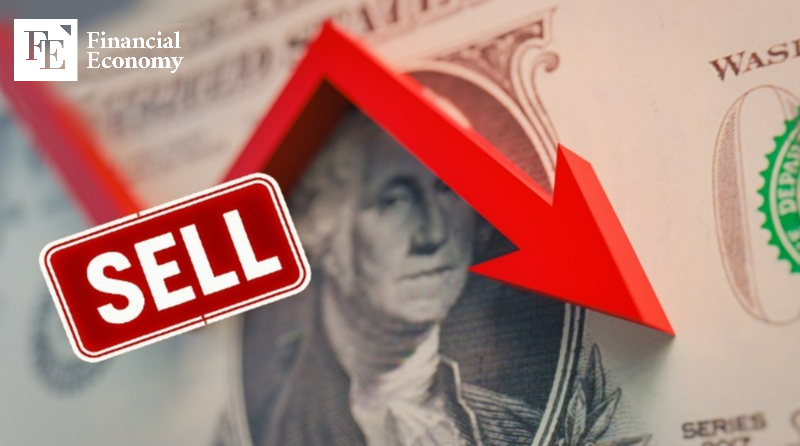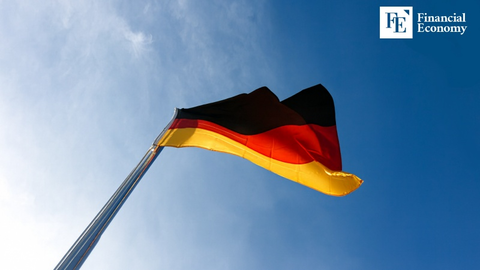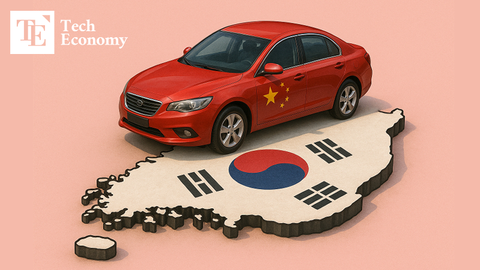Global Move to Shun the Dollar in Trade Expands, Dollar Hegemony Shaken by Trump Risk
Input
Modified
Trump Risk: A Spark for a Dollar Crisis? Unpredictable Tariff Policies Stir Global Financial Market Turmoil "Dollar Crisis May Arrive Sooner" – Professor Rogoff Warns

For nearly eight decades, the U.S. dollar has been the backbone of the global financial system. As the primary medium for trade settlement, pricing, and reserve holdings, its supremacy has rarely been questioned. But today, that foundation is showing signs of stress. Around the world, exporters are increasingly requesting payments in currencies other than the dollar. What once seemed unthinkable—conducting international trade without the greenback—is now becoming a reality.
The growing trend of dollar avoidance is not just a reaction to economic factors but also a political reckoning. As the Trump administration pushes forward with aggressive tariffs, unilateral trade policies, and erratic economic signals, confidence in the dollar’s role as a stable and neutral reserve currency is eroding. Economists and central banks are sounding alarms, and some scholars are now warning that a full-blown crisis threatening the dollar’s global hegemony could materialize within the next four years.
Global Traders Turn Away from the Dollar
The move away from the dollar is gaining momentum across continents. Exporters from Asia, Europe, and Latin America are increasingly urging U.S. buyers to settle invoices in their own currencies—such as the euro, Chinese yuan, Mexican peso, or Canadian dollar—rather than the U.S. dollar. The shift is especially noticeable in supply chains where pricing flexibility and volatility management are crucial.
Paula Cummings, Head of Currency Sales at U.S. Bancorp, captured the shifting sentiment. “In the past, the dollar was considered ‘untouchable’ from the perspective of suppliers,” she explained. “Customers were hesitant to change the settlement currency. But now, foreign suppliers are increasingly saying, ‘Please pay us in our own currency.’”
This isn’t merely a symbolic gesture—it’s a calculated business move. U.S. companies are embracing this change to shield themselves from the mounting risks of currency fluctuation. In return, they often enjoy price discounts or more stable payment conditions. As Cummings noted, the dollar is no longer taken for granted in trade settlements; companies are actively diversifying their transactional exposure.
Supporting this shift is long-term data that illustrates the dollar’s historical dominance. Between 1999 and 2019, virtually all export invoices in the Americas were denominated in dollars. In the Asia-Pacific region, the figure hovered around 75%. But in recent years, this “dollar-centric trade order” has started to crack, with exporters and importers alike seeking alternatives that better reflect shifting geopolitical and economic realities.

Asia Accelerates De-Dollarization Amid Market Shifts
One of the driving forces behind this movement is the increasing volatility of the U.S. dollar itself. According to the Bloomberg Dollar Spot Index, the greenback has declined by about 8% this year against a basket of major global currencies. This marks a sharp reversal from its 7% gain in the final quarter of the previous year. While geopolitical tensions in the Middle East temporarily buoyed the dollar in early June, its erratic swings continue to unsettle companies that rely on predictable pricing for cross-border transactions.
When exchange rates swing wildly, businesses struggle to forecast profits, manage costs, and make long-term investment decisions. As such, many firms are now treating the dollar as a financial liability rather than an anchor of stability.
In this context, Asia—particularly the ASEAN bloc—is at the forefront of accelerating de-dollarization. According to Bank of America, ASEAN countries are systematically converting accumulated dollar deposits into local currencies. This transformation is driven not only by central banks but also by large institutional investors who are aggressively hedging their foreign exchange risks.
This financial realignment has institutional backing. Through its 2026–2030 Economic Community Strategic Plan, ASEAN has formally adopted the goal of expanding the use of local currencies in trade and investment. The plan includes initiatives to promote Local Currency Settlement (LCS) and strengthen regional payment connectivity, thereby reducing exposure to dollar-based shocks. The aim is to shield regional economies from the turbulent waves of U.S. monetary and trade policy.
According to Francesco Pesole, a currency strategist at ING, the policy trajectory of the Trump administration is directly accelerating this shift. “President Trump’s erratic trade policies and the sharp depreciation of the dollar may be accelerating the shift to other currencies,” he observed.
Global reserve data reflect this shift in sentiment. In 2000, the dollar accounted for more than 70% of the world’s foreign exchange reserves. That figure has since plunged to 57.8% in 2024, a historic low. Particularly telling was the selloff in April 2024, when a wave of dollar dumping swept through global markets—spurred not by macroeconomic weakness but by intensifying policy uncertainty in the United States.
A Looming Currency Crisis? Harvard’s Rogoff Issues Dire Warning
Amid these tectonic shifts, a growing chorus of economists warns that the dollar’s grip on the global economy is weakening at a pace faster than previously thought. Leading the charge is Professor Kenneth Rogoff of Harvard University, who issued a chilling forecast in a recent interview with the South China Morning Post. Citing the erratic policy behavior of the Trump administration, Rogoff warned that the world could witness a full-scale dollar crisis within four years.
Rogoff’s warning is grounded in deep historical analysis. In his recently published book, Our Dollar, Your Problem, he argues that the dollar is now confronting its greatest systemic challenge since the 1971 Nixon Shock, when the U.S. abruptly ended the dollar’s gold convertibility. In that moment, global trust in U.S. monetary leadership was tested—and now, more than fifty years later, it may be breaking.
Originally, Rogoff forecasted a structural transformation of the dollar’s role over 5 to 7 years. But new developments—especially Trump’s policy shocks—have accelerated the timeline. “Trump is a catalyst accelerating the dollar crisis, not the root cause,” he explained. “The problem was already on its way.”
Rogoff compared the U.S. predicament to the internal decay of empires past: “The fall of the Roman Empire stemmed not just from external enemies but also from internal issues.” He pointed to the United States’ most glaring vulnerability—its unsustainable debt burden.
Currently, the U.S. is the largest debtor nation in the world, holding nearly half of all sovereign debt among developed countries. The same is true for corporate bonds, where American firms account for roughly 50% of all developed-country corporate debt. Rogoff warned, “This becomes especially dangerous when interest rates rise. The U.S. has gambled on interest rates.”
For years, ultra-low real interest rates masked the country’s debt fragility. But with rates now normalizing, the cost of servicing that debt is soaring. “When interest rates rise,” he warned, “the world’s largest debtor becomes the most vulnerable.”
He further cautioned that the Trump administration’s push for the largest tax cuts in U.S. history will only exacerbate the problem. “Given America’s current debt levels, markets are unlikely to respond favorably.” Rising Treasury yields and widening fiscal deficits could trigger a vicious cycle of declining investor confidence and financial instability.
Perhaps most alarmingly, Rogoff identified a political threat to the dollar’s future: the erosion of Federal Reserve independence. “One more reason I think the dollar crisis is very serious is the growing pressure from both the left and the right that could erode the Federal Reserve’s independence,” he stated. “If that happens, the dollar will weaken dramatically.”
If these trends continue, the implications for global finance could be profound. A world where the dollar is no longer the uncontested king of currencies would redraw the geopolitical map, reshuffle trade balances, and shift power toward rising monetary blocs. The current winds of change may be the beginning of that transformation.





















